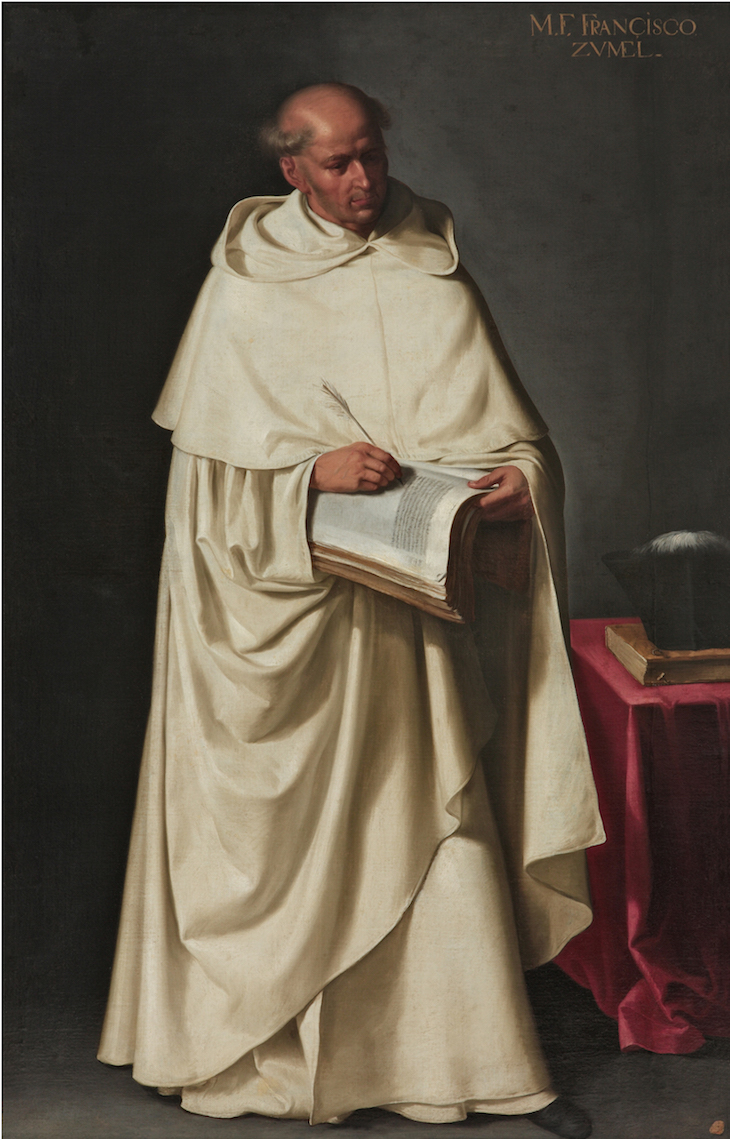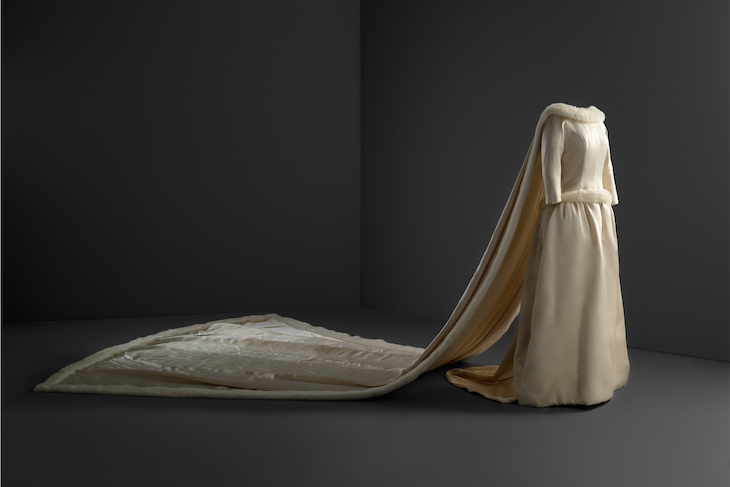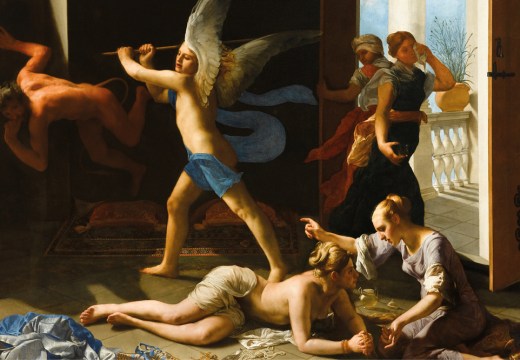The fashion designer Cristóbal Balenciaga (1895–1972) looked for inspiration to various traditions of Spanish clothing: from the clean lines of religious habits to the voluminous robes of flamenco dancers and the splendour of dress in the court of the Habsburgs. This exhibition, the first of its kind, brings some of Balenciaga’s most famous designs together with depictions of dress in Spanish art, by artists including El Greco, Vélazquez, Goya and many others. Find out more from the Museo Thyssen-Bornemisza’s website.
Preview the exhibition below | View Apollo’s Art Diary here

Friar Francisco Zumel (1628), Francisco de Zurbarán. Museo de la Real Academia de Bellas Artes de San Fernando, Madrid

Satin and mink wedding dress (1960), Cristóbal Balenciaga. Photo: Jon Cazenave; © Museo Cristóbal Balenciaga

Queen María Luisa in a Dress with Hooped Skirt (c. 1789), Francisco de Goya. Photo: © Archivo Fotográfico Museo Nacional del Prado

Satin evening gown with pearls and beads (1963), Cristóbal Balenciaga. Photo: Jon Cazenave; © Museo Cristóbal Balenciaga











![Masterpiece [Re]discovery 2022. Photo: Ben Fisher Photography, courtesy of Masterpiece London](http://www.apollo-magazine.com/wp-content/uploads/2022/07/MPL2022_4263.jpg)
How artists respond to disaster